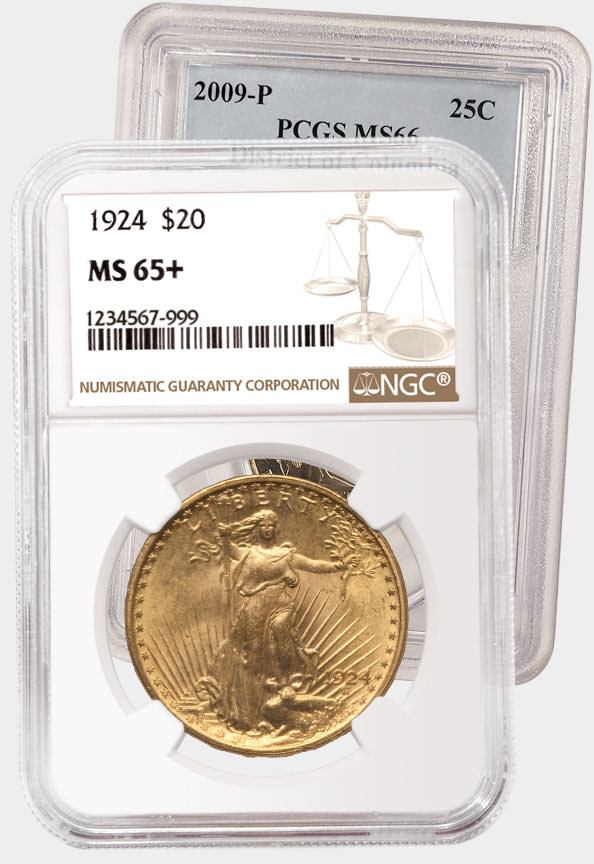Coins That Require Conservation Prior to Certification
Posted on 9/21/2010
Certain surface conditions will render a coin ineligible for NGC grading and encapsulation. The most common such condition is when a contaminant is present on the surface of a coin. This includes both chemicals that can etch and degrade the surface of a coin, such as PVC, and substances that inhibit the evaluation process, like lacquer. Fortunately, NCS specializes in their removal of and the neutralization of a coin’s surface.
After conservation, submitters can have their coins transferred to NGC for certification. Depending on their quality, they may be either numerically graded or Details Graded. The following is a list of surface conditions that may be addressed through proper conservation with NCS:
RESIDUE — This term is used for a surface contaminant that cannot be identified more specifically by NGC's graders. With proper conservation, such residue may be removable before it results in environmental damage.
GLUE RESIDUE — Glue residue often appears on coins that have been affixed to a card, and is often treatable with proper conservation. Such coins should be submitted to NCS for removal of this material prior to submission to NGC.
LACQUERED — Coat of clear lacquer applied in an attempt to prevent tarnishing, a common practice in past decades. The terms OBV LACQUER and REV LACQUER provide greater specificity. Proper conservation by NCS may remove this contaminant.
PVC DAMAGE — PVC contaminants are often identified by a green film on the surface of a coin. If left untreated, the plasticizer combines with moisture in the air to create hydrochloric acid that etches the coin’s surfaces. When caught in time, the PVC contaminant may be removable through NCS conservation.
PVC — PVC film is an active contaminant that may cause further damage. Its presence on a coin’s surface will preclude encapsulation by NGC. Such coins should be sent to NCS for removal of PVC through proper conservation.
DIP RESIDUE — This is coloration that results from improper rinsing following chemical treatment to remove toning. This makes the coin have a cloudy or brown, unnatural look.
If not properly conserved, not only will coins with these surface conditions not grade with NGC, the contaminants will mostly likely cause further damage. While professional conservation of these coins will render a coin that can be certified by NGC, the effects of these contaminants can sometimes be permanent and irreversible, resulting in a coin that is NGC Details Graded. The good news is that many times when these surface issues are addressed, a coin will grade numerically and the surface will be stabilized to be appreciated by future generations of collectors.
Stay Informed
Want news like this delivered to your inbox once a month? Subscribe to the free NGC eNewsletter today!
